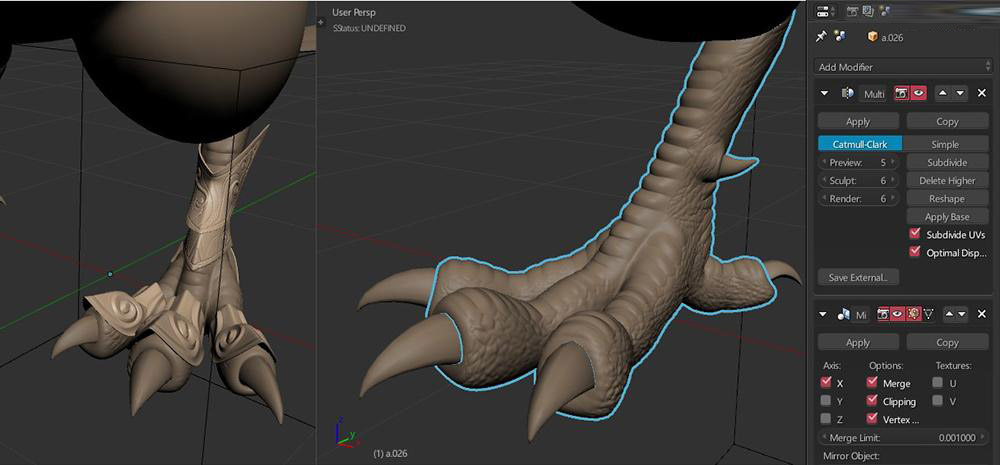

This shows you the Path field which you can use to specify the location of the V-Ray Standalone execution file.ĥ. If you need to manually specify the vray.exe that you want to use, you can disable the Detect V-Ray checkbox in Blender User Preferences > Add-Ons > Render: V-Ray for Blender 3.0. %PATH% – This variable allows you to manually specify the location of V-Ray Standalone. %VRAY_FOR_MAYA_% – This variable shows where V-Ray for Maya is installed. %VRAY_PATH% – This variable shows where V-Ray Standalone is installed. Since there may be more than one V-Ray Standalone installed, V-Ray for Blender searches for the installation path according to the following hierarchy: V-Ray For Blender automatically detects any V-Ray Standalone installation using V-Ray's environment variables.


To avoid rendering in both the V-Ray and native Blender frame buffer, go to the Render setup and in the Render panel set the Display parameter to Keep UI.Ĥ. V-Ray has its own frame buffer used to preview the rendered image. To enable the preview of materials and textures using V-Ray, you need to select V-Ray(material preview) as a render engine.ģ. Choose V-Ray as a rendering engine as shown in the image below. Go to File > User Preferences > Add-ons and enable Render: V-Ray For Blender 3.0.Ģ. To run V-Ray for Blender go to Windows Start > All Programs >VRayBlender 2.xx> VRayBlender.ġ. V-Ray for Blender 3.0 denotes the V-Ray version, which is 3.0.īefore installing V-Ray for Blender, please make sure your computer meets the System Requirements for running Blender with V-Ray. In time, maybe even try to make comparisons with Cycles.Please note, V-Ray is supported on Blender version 2.79. You can keep your favorite render engine, and have a full featured 3d modeling platform. A good reason to move is to avoid the not so attractive subscription model imposed by Autodesk. The appeal here is to get artists to migrate from tools like 3dsmax and others to Blender.

Unless you have a reason to do that, like joining a team or company where everyone uses V-Ray. You would have to learn a few things again and adapt your workflow. I do not believe anyone used to Cycles would make a move to V-Ray on a regular basis. If you have plans to learn V-Ray for Blender in the future, or just want to compare the settings with Cycles, you can use the article as a source. Not only the artist posted some great images from renders using Blender and V-Ray, but also lots of screenshots with settings. Here is an example of a few interiors from an artist called liquidstudio and posted at the BlenderArtists forums. How does V-Ray perform with 3d models coming from Blender? If you choose V-Ray as your primary renderer in Blender, an exporter is available from Chaos Group. Among those renders, you will find Corona Render and V-Ray. A recent article here at Blender 3D Architect mentioned that Blender has today multiple options to work with commercial renders.


 0 kommentar(er)
0 kommentar(er)
